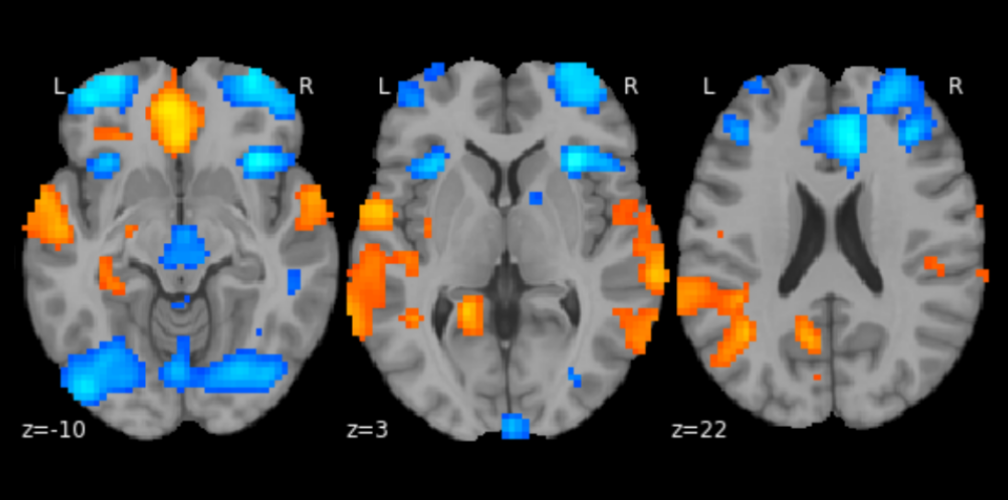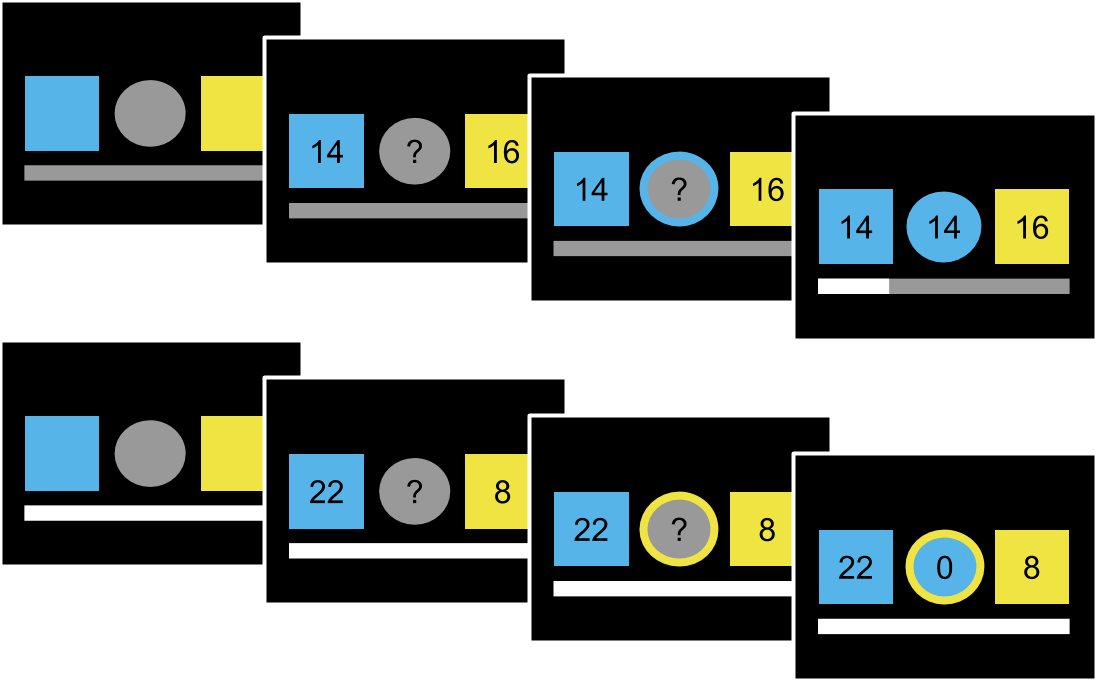
Value-based decision making
Neuroeconomy combines formal computational models of human behavior with modern neuroimaging techniques. Class of models based on temporal difference learning derived from reinforcement learning, proven to provide valuable insight into understanding human and animal choice. We try to shed more light into functioning of brain circuitry responsible for valuation, choice and learning. Project has tries to answer three questions:
- How decisions are made in the context of reward and punishment? Specifically, we try to test the hypothesis that some regions (i.e. dACC, striatum) perform parallel value computations for different timescales. This mechanism could provide means for adaptive behavior in volatile environment. We use Bayesian cognitive modeling along with Bayesian methods for imaging data analysis.
- Is model-based fMRI valid? How we can improve methodology? To answer these questions we use simulations to analyze identifiability of formal behavioral models.
- Is value-based decision making related to large-scale brain network changes? Specifically, what is the dynamic of the network reorganization during valuation and learning? We use experimental methods and event-related estimation of functional connectivity.

Funding:
- DSM Grant Neuronal correlates of reinforcement learning. The role of individual differences in learning strategies funded by Faculty of Physics, Astronomy and Informatics NCU,
- National Agency for Academic Exchange, PROM Programme,
- Ministry of Science and Higher Education, project: Excellence Initiative - Research University, awarded to Nicolaus Copernicus University in Toruń. Priority research area: Neuroinformatics.
Collaborators:
- Olivier Hulme (Danish Research Centre for Magnetic Resonance in Copenhagen, Denmark)
- David Meder (Danish Research Centre for Magnetic Resonance in Copenhagen, Denmark)
- Kristoffer Madsen (Danish Research Centre for Magnetic Resonance in Copenhagen, Denmark)